Cats are known for being mysterious and independent, but one of the best ways to understand them is by listening to the sounds they make. While cats may not use words like humans, they have a wide range of vocalizations to express their feelings, needs, and even complaints. From soft purrs to loud yowls, every sound has a purpose. Understanding these noises can help you become closer to your cat and respond better to its needs.
Here are the most common cat sounds and what they usually mean.
1. Meowing

Meowing is the sound most people associate with cats, but what many don’t realize is that adult cats mainly meow to communicate with humans, not with other cats. Kittens meow to their mothers, but as they grow older, they stop doing this with other cats.
Cats meow for many reasons:
- To say hello
- To get attention
- To ask for food
- To let you know something’s wrong (like an empty water bowl)
- Out of boredom or loneliness
The tone, volume, and frequency of the meow can give you clues. A short meow might be a greeting, while a long, drawn-out meow may mean your cat is demanding something.
2. Purring
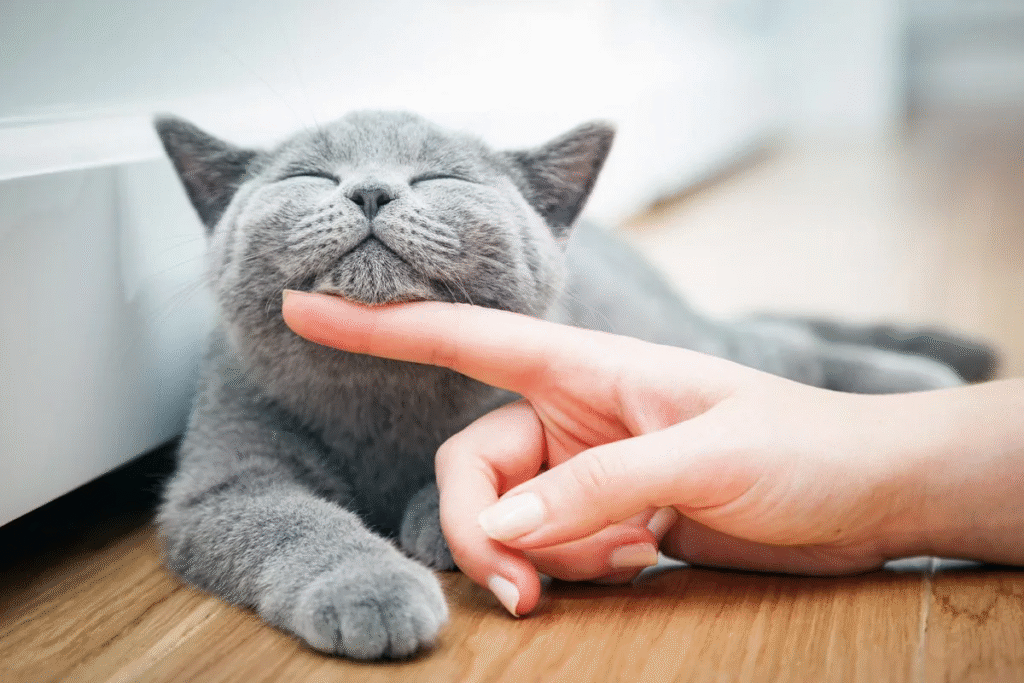
Purring is one of the most comforting sounds a cat makes, and it’s often a sign of contentment. Cats usually purr when they are relaxed, such as when they’re curled up on your lap or being petted.
However, purring is not always a sign of happiness. Cats may also purr when:
- They are nervous or scared
- They are in pain
- They are sick or injured
- They are trying to calm themselves
Some experts believe cats purr as a way to heal their own bodies, since the sound frequency of a cat’s purr may promote tissue repair.
3. Chirping and Chattering
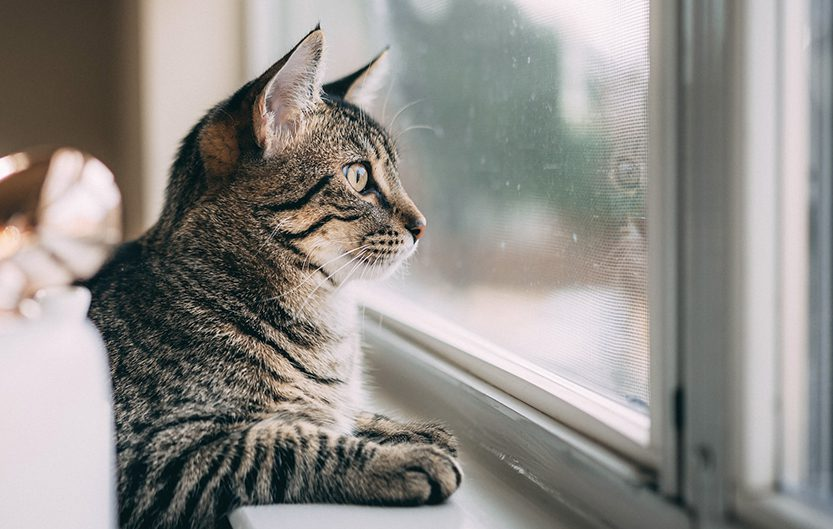
These sounds often happen when a cat is sitting by a window and watching birds or squirrels. A chirp or chatter is usually a mix of clicking, squeaking, or light meows.
Experts believe this behavior shows excitement, frustration, or natural hunting instincts. The chatter may be your cat’s way of practicing its killing bite or expressing the thrill of seeing prey it cannot reach.
Some cats also chirp to get your attention, especially if they want you to look at something.
4. Trilling

A trill is a short, musical sound that falls somewhere between a purr and a meow. It is often used by cats as a greeting or a way to say “follow me.”
Mother cats often trill to call their kittens. Adult cats may trill to:
- Say hello to their human
- Ask for attention
- Lead you somewhere (such as to the food bowl)
If your cat trills when it sees you, it’s a friendly and happy sound.
5. Growling
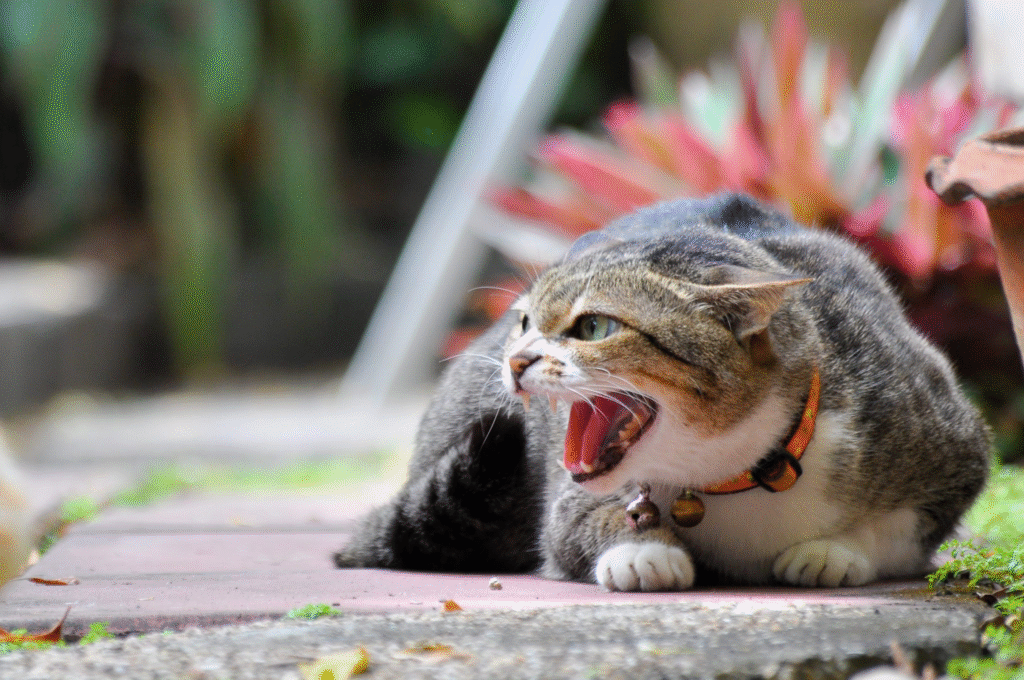
Growling is a sign that your cat feels threatened, annoyed, or defensive. It is often a warning to back off. If another pet or person is bothering your cat, you might hear a deep growl before the cat runs away or prepares to fight.
If you hear your cat growling:
- Give it space
- Remove the source of the stress if possible
- Avoid touching or trying to calm it physically, as it might scratch or bite
Growling is serious communication. It means your cat is uncomfortable.
6. Hissing

Hissing is even more serious than growling. It’s a clear warning signal that your cat is scared, angry, or feeling threatened. A hiss is often accompanied by flattened ears, an arched back, or swatting paws.
Hissing can happen:
- During a confrontation with another animal
- When a stranger gets too close
- When your cat is cornered or in pain
If your cat is hissing, don’t try to approach it until it has calmed down.
7. Yowling
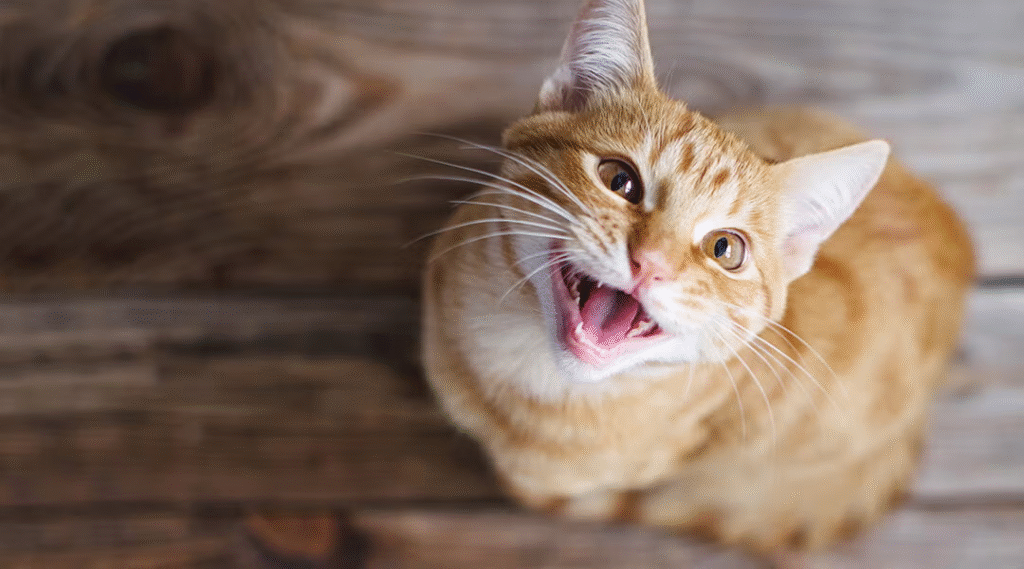
A yowl is a long, drawn-out moan that sounds very different from a regular meow. Cats yowl for different reasons depending on the situation.
Some common reasons for yowling include:
- Mating behavior – Unspayed female cats in heat will often yowl to attract males. Males may yowl back in response.
- Territorial disputes – Cats may yowl if another cat enters their space.
- Loneliness or stress – Some cats yowl when they are anxious, especially at night.
- Pain or illness – Elderly cats, in particular, may yowl due to confusion or medical issues.
If your cat begins yowling suddenly or more frequently, it’s a good idea to check with a vet.
8. Screaming

A scream is a high-pitched, loud cry that usually happens during a cat fight or a mating encounter. It is a sound that signals distress, pain, or aggression.
If your cat screams:
- It may be fighting with another cat
- It might have been injured
- It could be reacting to a strong fear or threat
This is not a sound to ignore. Make sure your cat is safe and not hurt.
9. Silent Meows
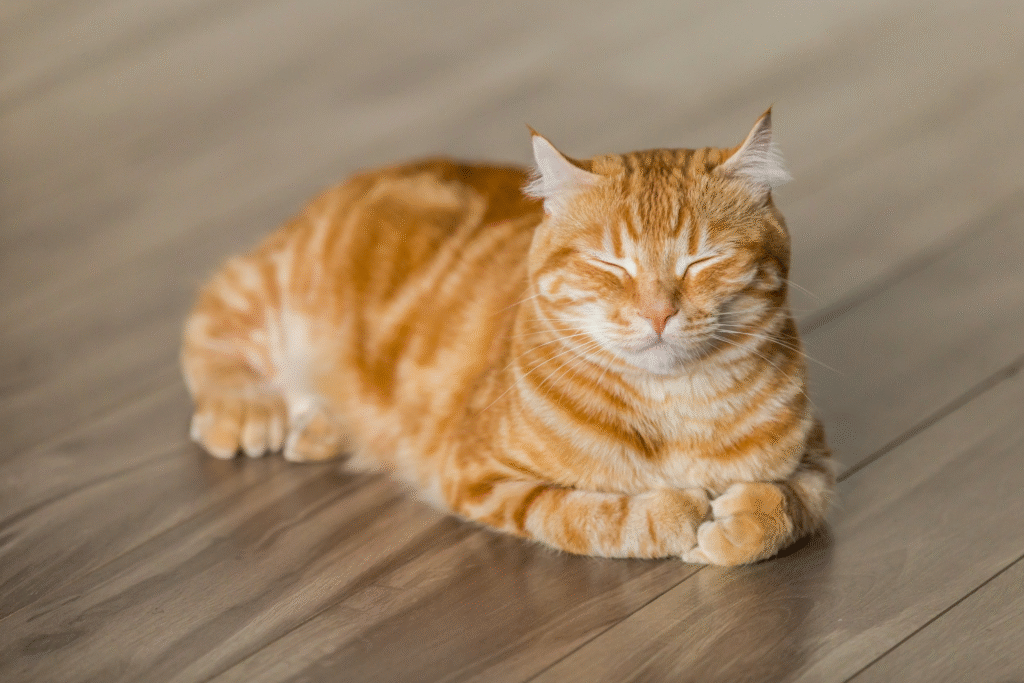
Sometimes a cat will open its mouth to meow, but no sound comes out. This is called a silent meow. It’s usually a sweet way your cat tries to communicate without being noisy.
Cats might use silent meows when:
- Asking for food
- Greeting you
- Wanting attention gently
Some cats naturally make quieter meows, while others develop silent meows with age. Either way, it usually means your cat is trying to tell you something lovingly.
10. Snoring and Snuffling
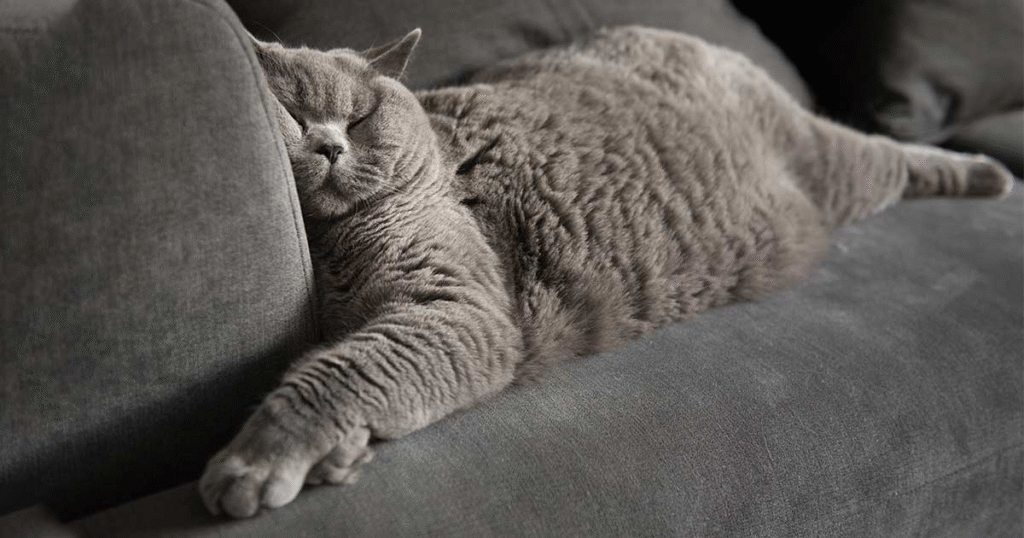
Just like people, some cats snore when they sleep, especially flat-faced breeds like Persians or Exotic Shorthairs. Gentle snoring is usually harmless, but loud or sudden snoring could mean a breathing problem or weight issue.
Cats can also snuffle or wheeze if they have allergies, a cold, or an upper respiratory infection. If your cat’s breathing sounds unusual, it’s best to have a vet check it out.
11. Muttering and Murmuring
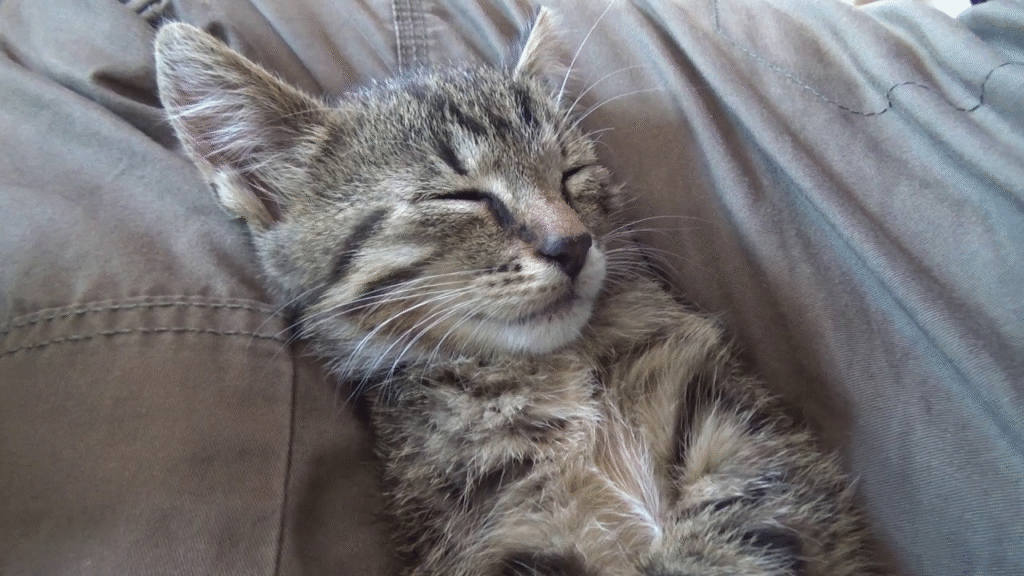
Some cats make soft, low sounds that seem like they’re talking to themselves. These murmurs often happen during play or while exploring a new area. It’s believed these sounds reflect curiosity or a relaxed, thoughtful mood.
Murmuring cats may be expressing interest or contentment. It’s like they’re humming quietly as they move through their world.
12. Howling

Howling is similar to yowling, but it tends to be longer and more mournful. Senior cats sometimes howl due to cognitive decline, especially at night. They may feel lost, confused, or anxious.
Cats may also howl if:
- They’re left alone too long
- They’re in pain
- They’ve lost a feline companion
Comforting your cat, giving it more companionship, and checking with your vet can help reduce this behavior.
Understanding Your Cat’s Voice
Every cat is unique. Some are chatty and love to meow, while others are quiet and only speak when necessary. The key to understanding your cat is to pay attention to the context and tone of the sounds it makes. Combine this with body language like tail position, ears, and eyes—to get a full picture of what your cat is feeling.
By listening carefully to your cat and responding with kindness and attention, you’ll build a stronger bond and gain a deeper understanding of your furry friend’s world.
